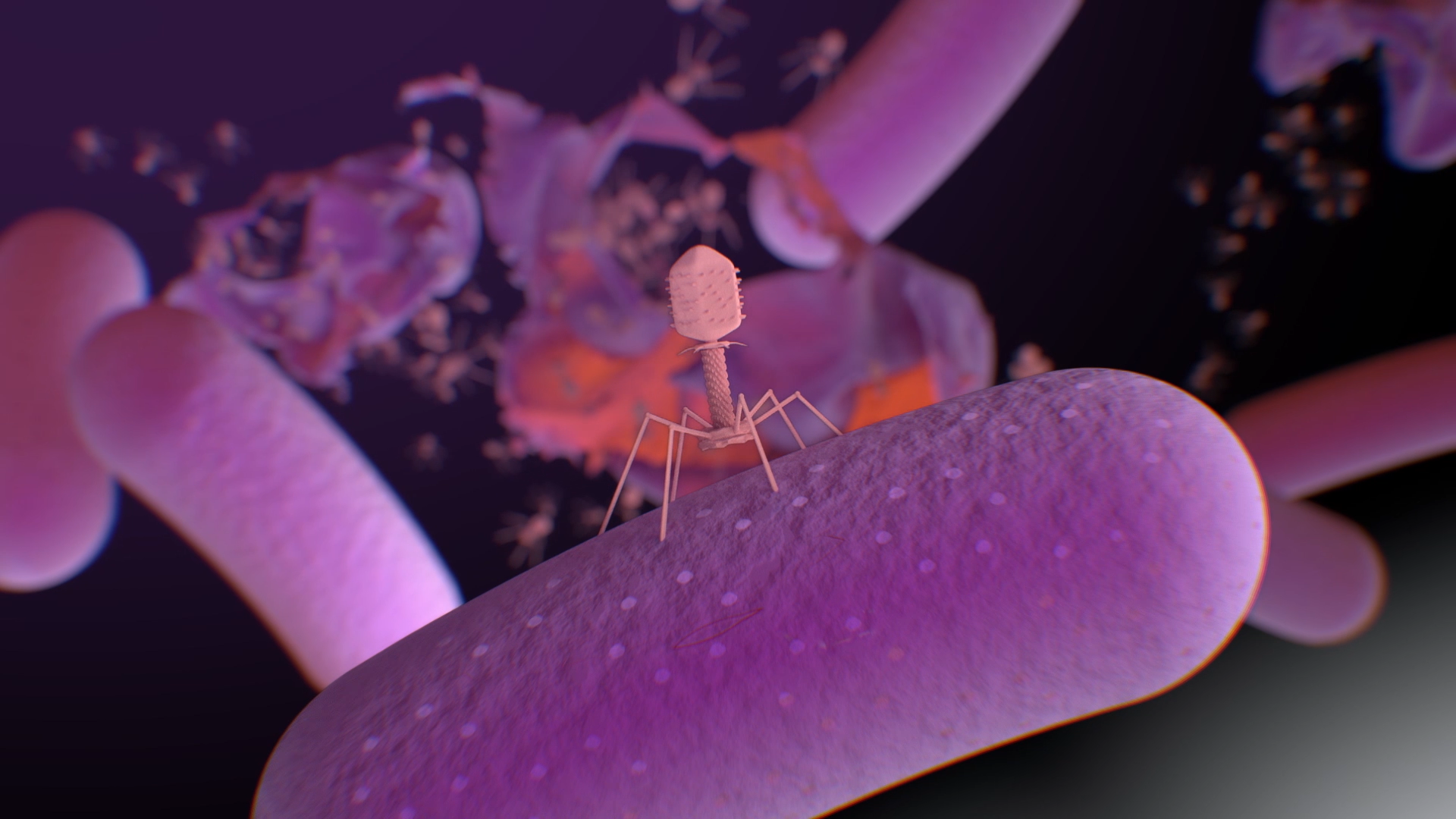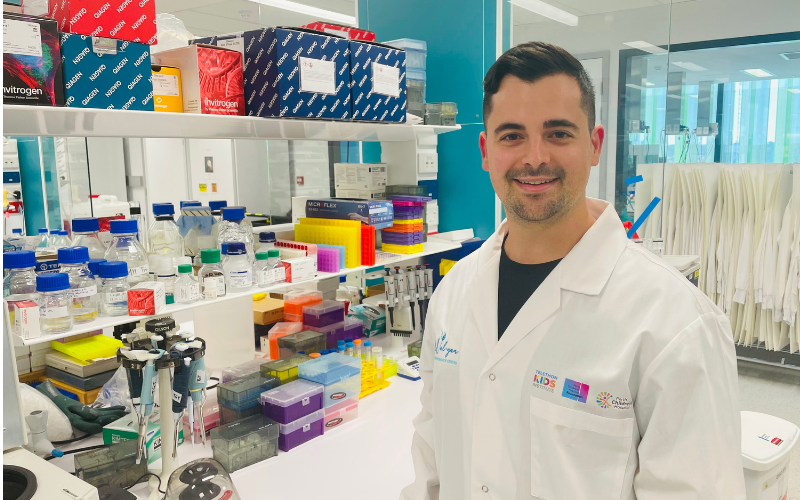Search
Showing results for "early lung health"
Research
COVID-19 implications for pediatric anesthesia: Lessons learnt and how to prepare for the next pandemicCOVID-19 is mainly considered an “adult pandemic,” but it also has strong implications for children and consequently for pediatric anesthesia. Despite the lethality of SARS-CoV-2 infection being directly correlated with age, children have equally experienced the negative impacts of this pandemic.
Research
Risk assessment and optimization strategies to reduce perioperative respiratory adverse events in Pediatric Anesthesia—Part 2: Anesthesia-related risk and treatment optionsPerioperative respiratory adverse events are the most common cause of critical events in children undergoing anesthesia and surgery. While many risk factors remain unmodifiable, there are numerous anesthetic management decisions which can impact the incidence and impact of these events, especially in at-risk children.
Research
Error traps in pediatric difficult airway managementDifficult airway management in children is associated with significant morbidity. This narrative review on error traps in airway management aims to highlight the common pitfalls and proposes solutions to optimize best practices for pediatric difficult airway management. We have categorized common errors of pediatric difficult airway management into three main error traps.
Research
The impact of surgical cancellations on children, families, and the health system in an Australian paediatric tertiary referral hospitalReasons for elective surgery cancelations and their impact vary from one institution to another. Cancelations have emotional and financial implications for patients and their families. Our service has a particularly broad and geographically diverse patient population; hence, we sought to examine these impacts in our service.

We've compiled a number of helpful links to phage resources in Australia and beyond.

Mental health concerns in youth are important in their own right. However, they can be even more troubling when your child is dealing with other health conditions.

News & Events
Vertex grant to support research into treatment strategies for cystic fibrosis lung diseaseDr Daniel Laucirica, a research officer with the Wal-yan Respiratory Research Centre, will undertake new research into potential treatment strategies to prevent lung damage in people with cystic fibrosis (CF), under the mentorship of Associate Professor Anthony Kicic - made possible by a Vertex Cyst
Research
The future of paediatric obstructive sleep apnoea assessment: Integrating artificial intelligence, biomarkers, and moreAssessing obstructive sleep apnoea in children involves various methodologies, including sleep studies, nocturnal oximetry, and clinical evaluations. Previous literature has extensively discussed these traditional methods.
Research
Net Promoter Score Model for Evaluating Paediatric Medicine Acceptability: Validation and Feasibility StudyMedicine acceptability is crucial for paediatric drug development, yet its assessment remains challenging due to the multifaceted nature of sensory attributes like taste, smell, and mouthfeel. Traditional methods of acceptability evaluation often involve complex questionnaires and lack standardisation, leading to difficulties in a comparative analysis across studies.
Research
Preoperative preparation of children with upper respiratory tract infection: a focussed narrative reviewThis review summarises the current evidence for the perioperative preparation in children with upper respiratory tract infections (URTI), including COVID-19 infection. URTI, including COVID-19 infection, are common and frequent in children who present for elective surgery. Children with URTI are at increased risk of perioperative respiratory adverse events.
